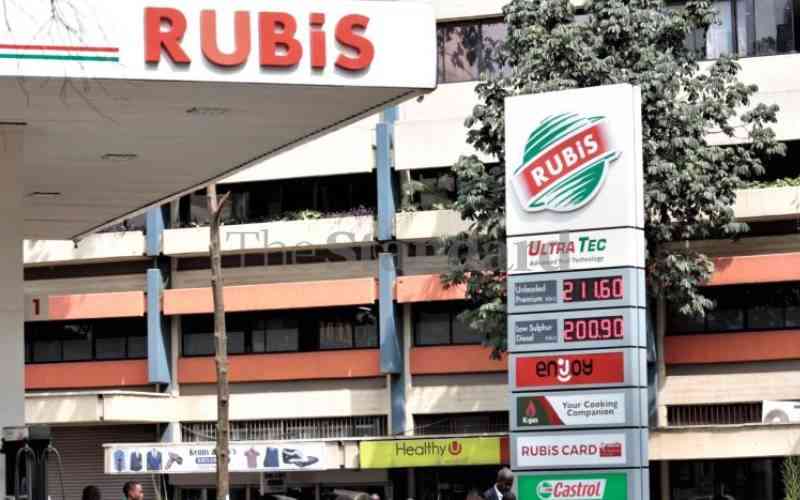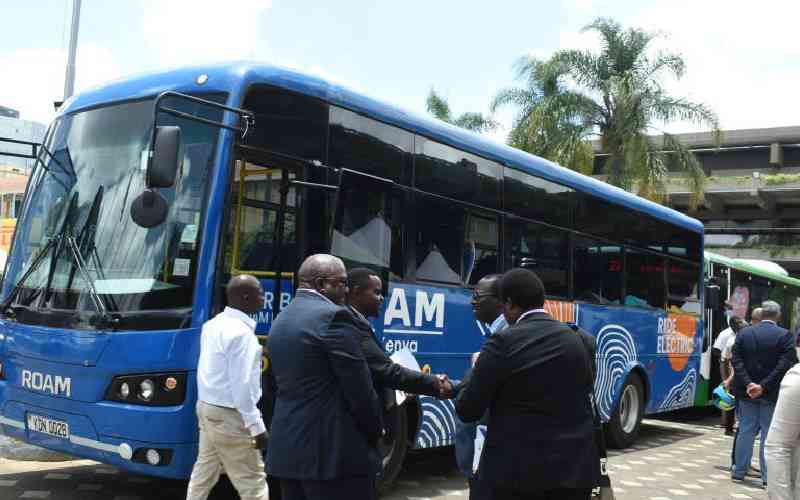The emerging coalition of the willing made up of Kenya, Uganda and Rwanda plans yet another ambitious infrastructure project deserving public support. Its completion will totally change the East African region’s business dynamics.
The 10-lane superhighway will ease the movement of goods thereby reducing the cost of doing business and increasing intra-regional trade.
Expenditure on transport in the region is 45 per cent of the total cost of goods. This is 30 per cent higher than in Southern Africa and so, not surprisingly, our goods cannot compete against those from this African powerhouse.
Now the twin initiatives of building a standard gauge railway line to improve the speed of cargo movement by up to three times, and the proposed superhighway, will make the region more competitive in trade in a continent fast waking up to its manifest destiny. The dual carriageway, inspired by the NI highway that runs from Cape Town to Harare, will run parallel to the planned standard gauge track.
Fast movement
Trade Mark East Africa will facilitate the construction, expected to kick off in 2016, and is currently carrying out a feasibility study for the highway.
The planned superhighway will have no weighbridges or roadblocks, as these are major hindrances to trade. Once goods are loaded onto a truck in Mombasa, there will be no stops until the final destination.
Revenue authorities in Kenya, Uganda and Rwanda will also acquire the latest software while a $50 million investment in the port of Mombasa will ensure that cargo not only moves fast, but is constantly monitored thereby reducing the time for clearing goods from 18 to five days.
The computer software will also boost the EAC Customs Union because the respective authorities will assess and collect taxes at the first point of entry. Once a trader has paid tax on goods bound for Uganda, for example, there will be no need to pay a refundable bond in Kenya, as is currently the practice.
Doubling trade
The new infrastructure projects are expected to increase intra-regional business, which currently stands at $3,800.7 or a paltry 13 per cent of the total trade volumes in the region. This means that the intra-EAC trade is well below the standard of any functioning common market, which should account for at least 25 per cent.
In the European Union, intra-regional trade accounts for 55 per cent of total trade; it stands at 40 per cent in America.
The hope, therefore, is that the new initiatives and the plan for free movement of people across the three borders will lead to a doubling of trade between the three countries.
It is further hoped that the other regional countries, particularly Burundi, Eastern Congo and South Sudan, will see the wisdom of joining the club to extend the standard gauge railway and the superhighway into their countries.
Stay informed. Subscribe to our newsletter
 The Standard Group Plc is a
multi-media organization with investments in media platforms spanning newspaper
print operations, television, radio broadcasting, digital and online services. The
Standard Group is recognized as a leading multi-media house in Kenya with a key
influence in matters of national and international interest.
The Standard Group Plc is a
multi-media organization with investments in media platforms spanning newspaper
print operations, television, radio broadcasting, digital and online services. The
Standard Group is recognized as a leading multi-media house in Kenya with a key
influence in matters of national and international interest.
 The Standard Group Plc is a
multi-media organization with investments in media platforms spanning newspaper
print operations, television, radio broadcasting, digital and online services. The
Standard Group is recognized as a leading multi-media house in Kenya with a key
influence in matters of national and international interest.
The Standard Group Plc is a
multi-media organization with investments in media platforms spanning newspaper
print operations, television, radio broadcasting, digital and online services. The
Standard Group is recognized as a leading multi-media house in Kenya with a key
influence in matters of national and international interest.









